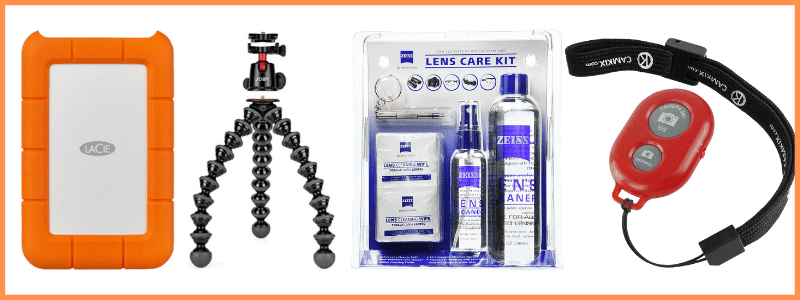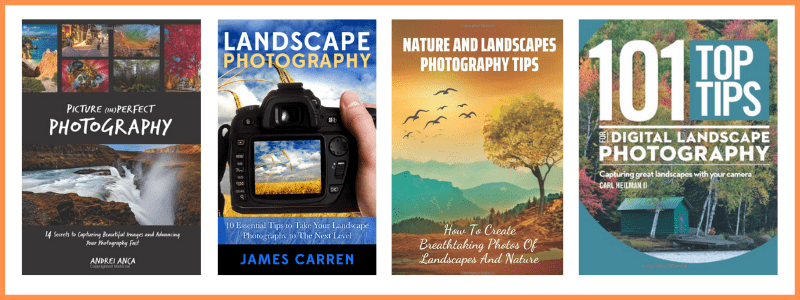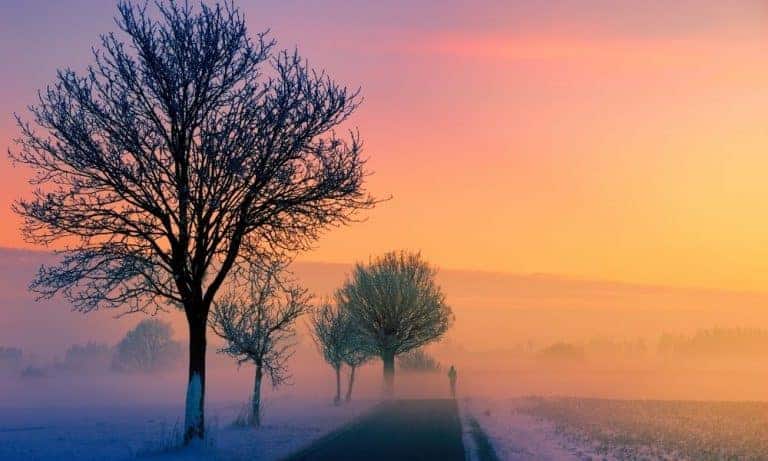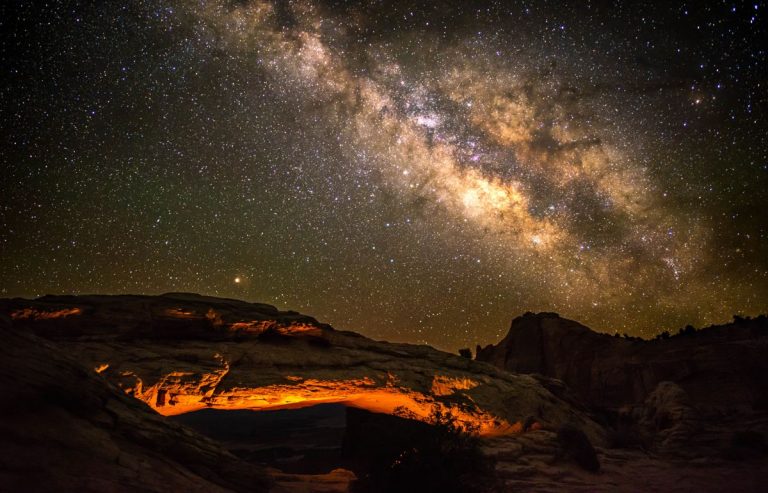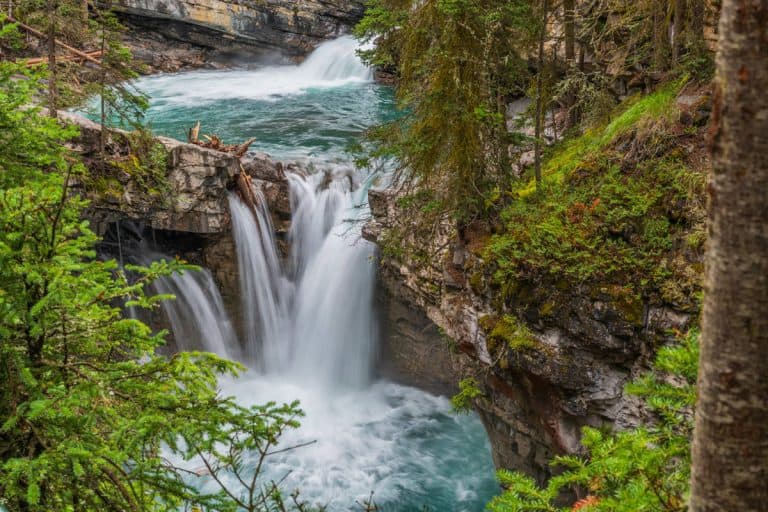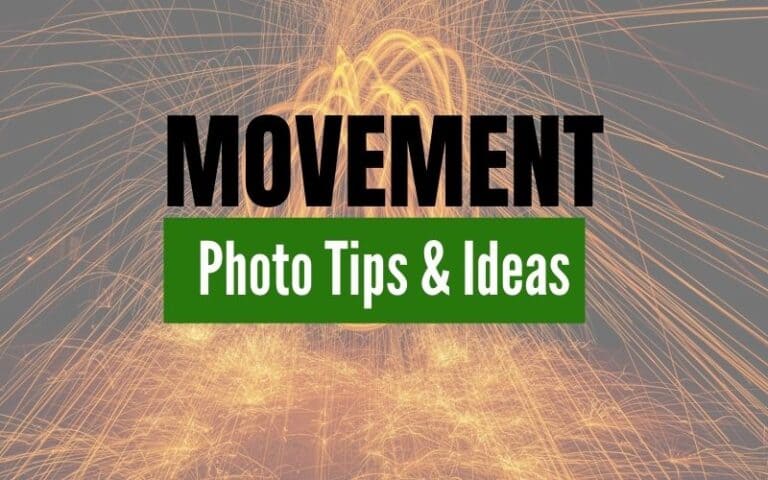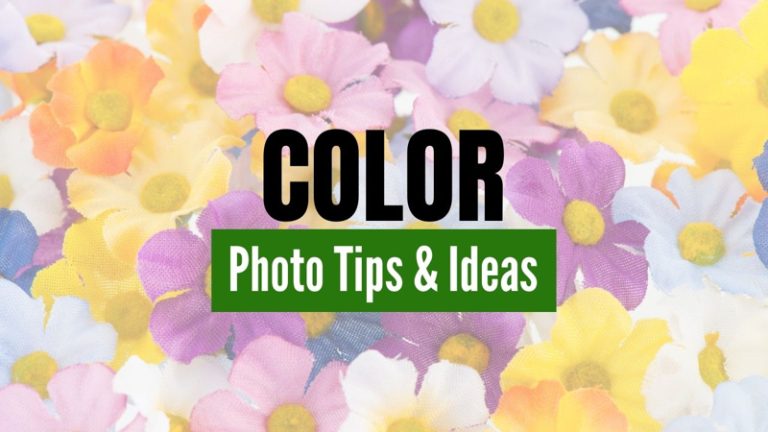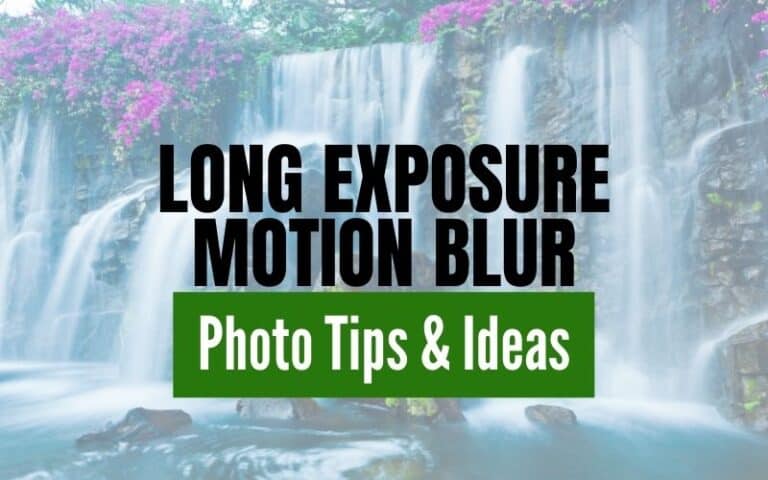Reflection Photography Ideas and Tips
Take a look at the following reflection photography ideas and tips to understand the concept and how to apply it when composing your photo.
Use these tips in addition to basic photography techniques to take your own pictures that showcase reflections.
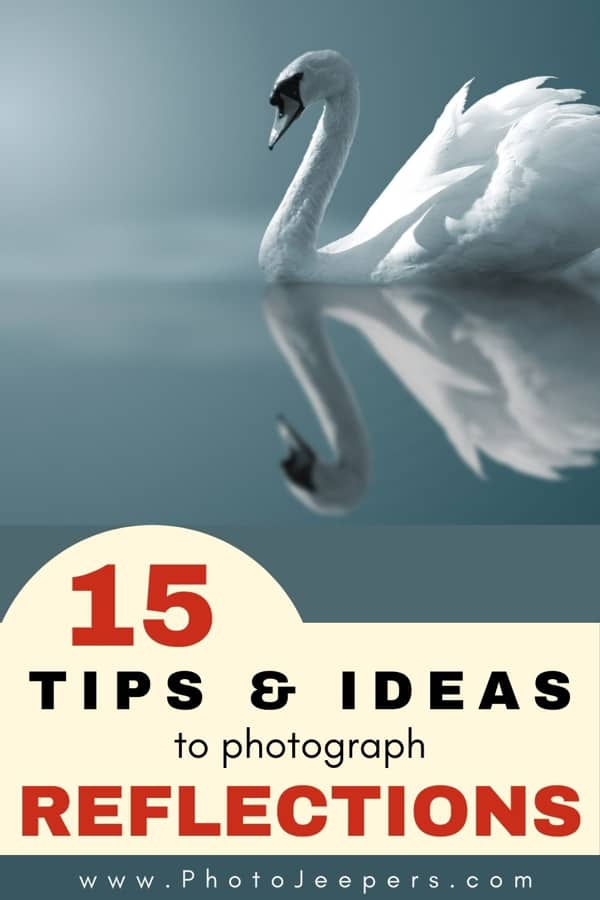
Reflective surfaces provide beautiful opportunities to capture memorable images. Adding reflections into your photos will challenge the viewer’s visual perceptions, and open up many creative possibilities.
This site contains affiliate links which means WE may receive commissions for purchases made through these links. We only provide links to products we actually use and/or wholeheartedly recommend! As an Amazon Associate, we earn from qualifying purchases. Read the full Disclosure Policy.
Camera Gear for Landscape Photography
- Tripod: take a look at these compact and lightweight travel tripods!
- Camera Bag: protect your camera from sand and water → We use Lowepro camera backpacks for outdoor photography.
- Neutral density filter: to compensate for variance of light you’ll need to use a neutral density filter. → Check out the Kase magnetic filters we use!
- Camera cleaning kit: remove dust or water that WILL get on your lens. NOTE: this is not for cleaning the sensor.
- Memory cards: purchase name brand memory cards since you’re trusting your images to the card! → We use Lexar and Sandisk!
- External hard drive: copy photos to a portable external hard drive ‘just in case’.
- Headlamp: use when taking sunrise and sunset photos!
Camera Gear at B&H Photo
Reflection Photo Ideas and Tips
Take a look at these tips for How to Photograph Reflections shared by members of our Facebook Group, Your Photography Journey.
Timing
Roy Goldsberry illustrates the value of scouting and timing in this beautiful capture of snow-capped mountains reflected in a lake.
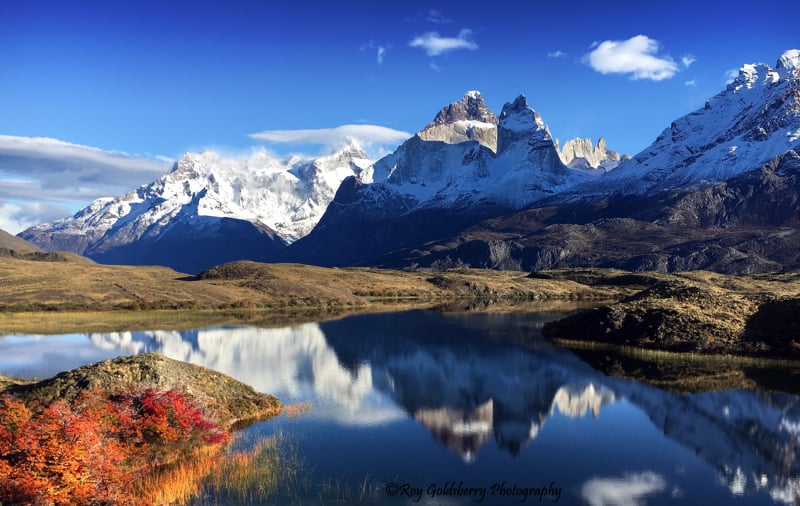
Time your visit to a scouted location when the light is conducive to proper exposure, and the water is still enough to provide a good reflection.
Typically early morning and late evening hours yield the best results.
Cyndi Messina found the perfect location to photograph this building and its reflection in the water.
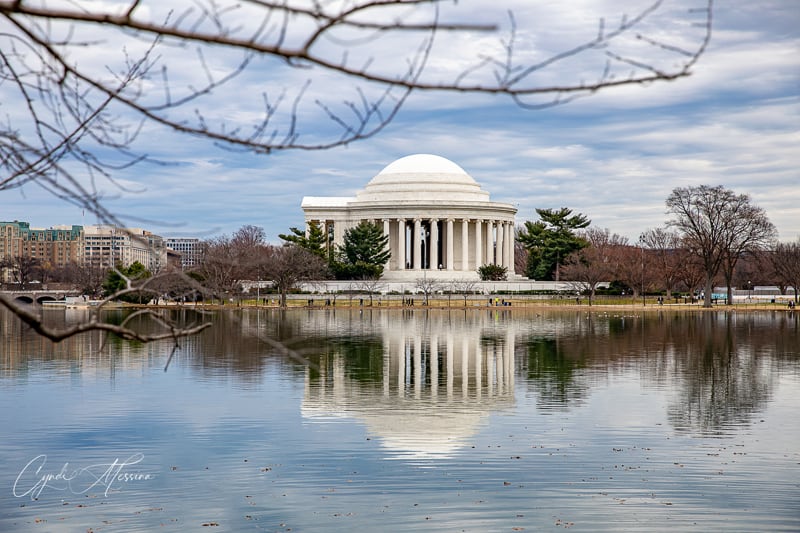
Placing the horizon line in the middle of the photo allows equal space for the building and the reflection.
Don’t worry if the weather isn’t ideal. The clouds in the sky and slight movement in the water don’t detract from the beauty of this photo.
Color
Look for color on reflective surfaces. Sunrise and sunset times provide great opportunities to capture reflected color.
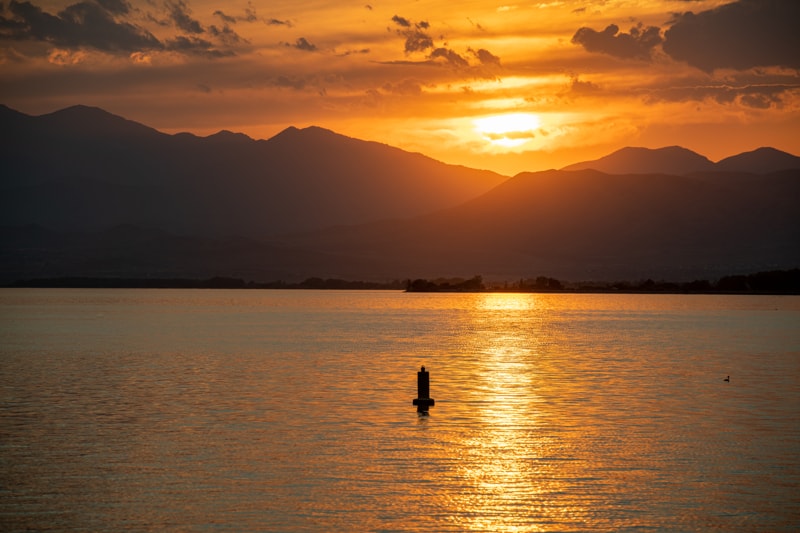
The photo above by David Joyner shows the impact of reflected color, even if the reflection itself isn’t crisp and clear.
Night Time Reflections
The hours of darkness after the sun goes down offer unique opportunities to take advantage of reflections for photographic images.
Structures and vehicles with lighting seem to float in a sea of negative space during such times and can be particularly impactful when captured over reflective surfaces.
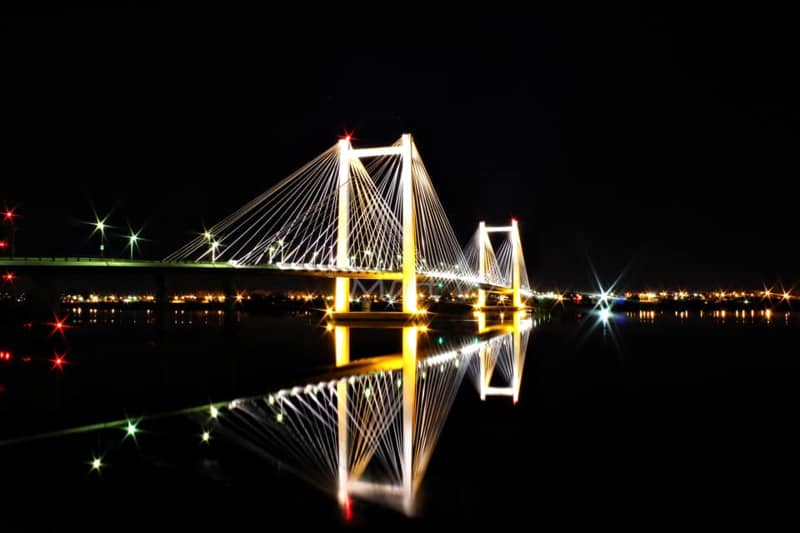
Matt Wegner shows us the power of such an image in his skillfully captured image above.
This stunning shot by William Holmes really captures the dark mystery of still water in the night.
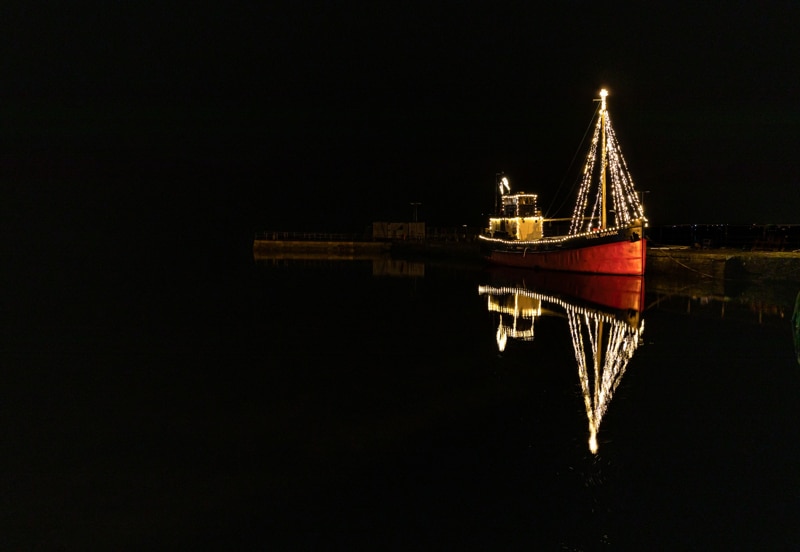
Placing the boat on the right Rule of Thirds grid line adds interest for the viewer. The reflection enhances the depth and realism of the photograph.
Reflective Surfaces
Nadine Meyer creates a pleasing and soothing photograph from an otherwise ordinary view.
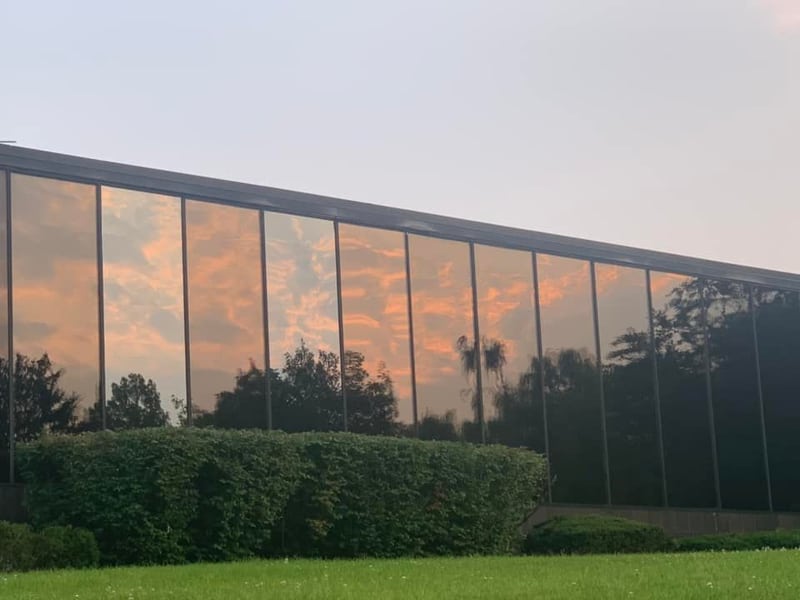
The side of the building comes alive with color and texture as it reflects the scene at golden hour.
Kevin Hehl enhances the impact of photo taken at blue hour. Notice the subtle reflection of color in the structure’s windows.
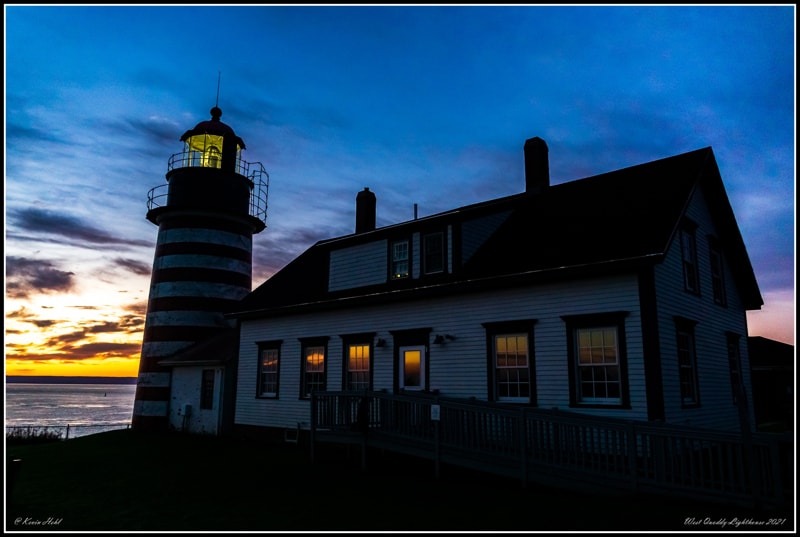
He uses foreground, midground, and background elements well in this photo to create the sense of depth in the scene.
Find Reflections Anywhere
Reflective surfaces can be found almost anywhere. Daniel Garcia applied creative and compositional skill in this magnificent capture.
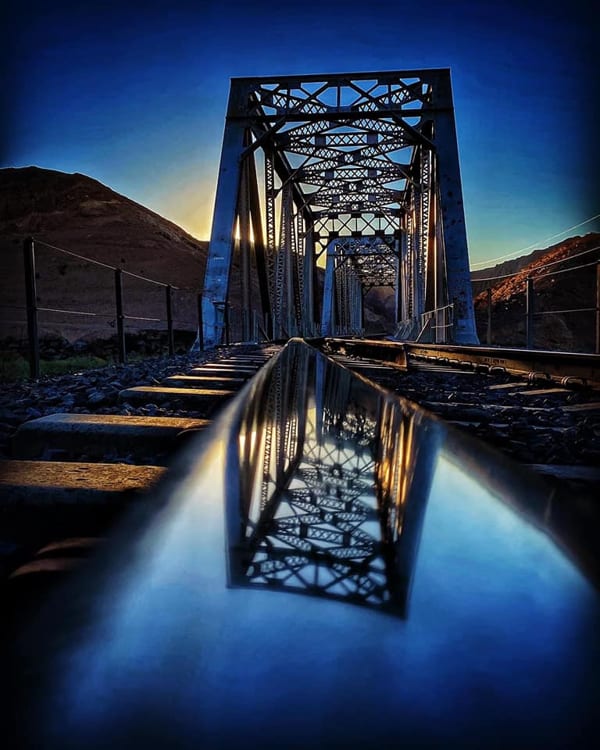
Getting a low perspective and using lines to lead the viewer’s eye through the photo are two compositional techniques that work well in this photo!
Grant Andrews shows us a very creative approach to reflection photography in this awesome thematic capture.
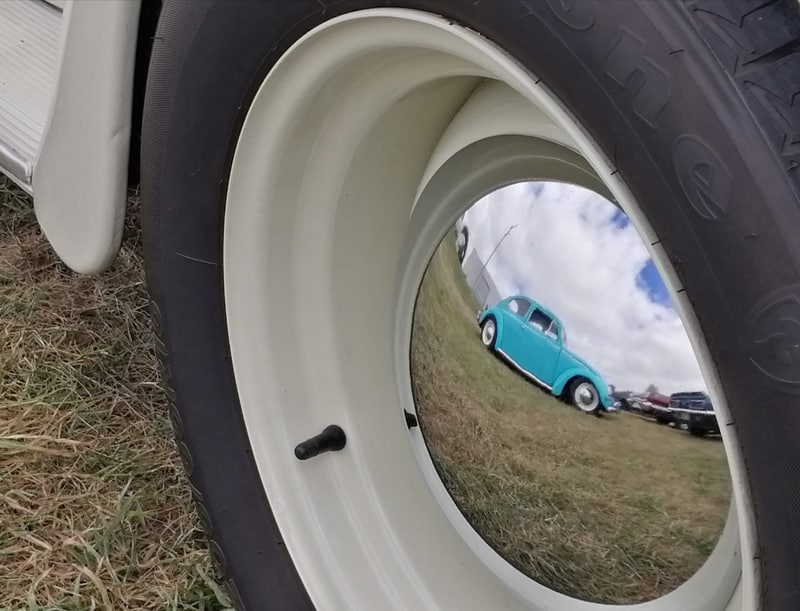
This photograph focuses on a part of the whole car to deliver a unique viewpoint.
Living Subjects
Planning or finding a reflection of a living subject can lead to interesting and meaningful images.
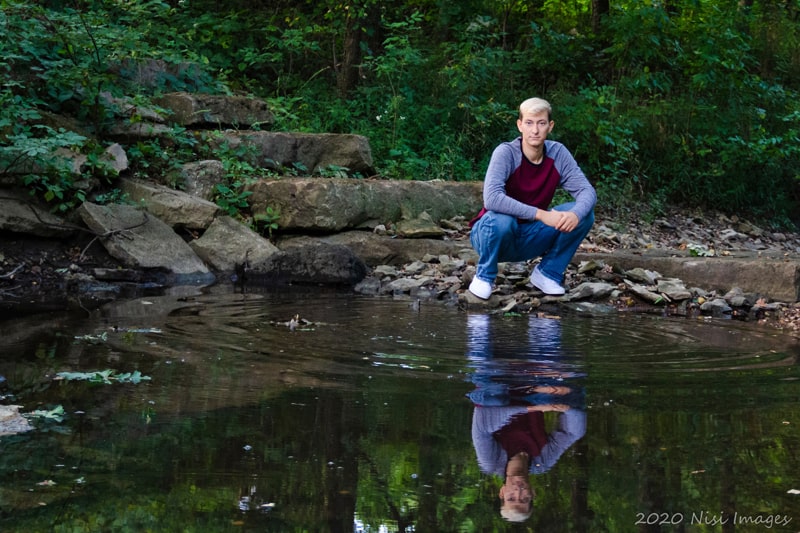
Denise Thomason’s fantastic shot illustrates the enhancing quality of reflection in a portrait photograph. The reflection adds that “extra something” for the viewer.
Shelley Pike adds to the impact of her subject with a reflection in this great wildlife capture.
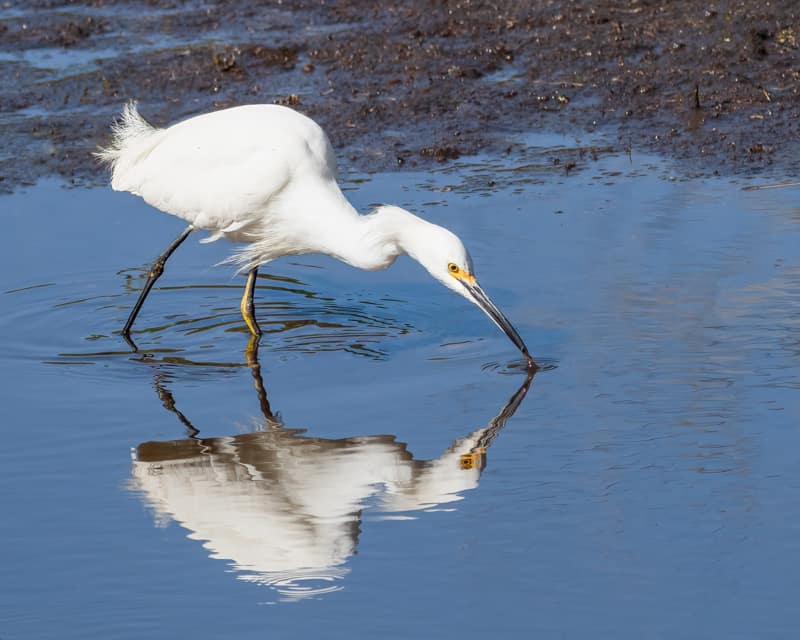
The reflection enhances the sense of movement and action in the photograph and suggests a blending of different realities.
Distort Reality
Reflections can be used in photography to create a feeling of distorted reality.
Edwina Simpson has created a very interesting composition that introduces an abstract quality to the photograph.
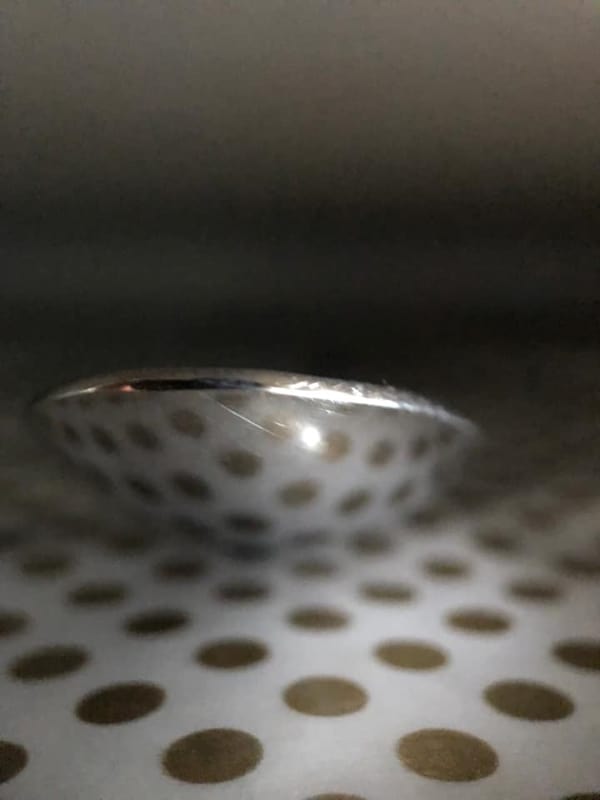
Our eyes are drawn to the center of the image by the intense ball of reflected light. From that point of focus, the rest of the image can be enjoyed by the viewer.
Ingrid Bakhuis has captured a surreal nature imposed by the pair of trees and their reflection. They are the point of focus and seem to stand alone while delivering a subtle sense of distorted reality.
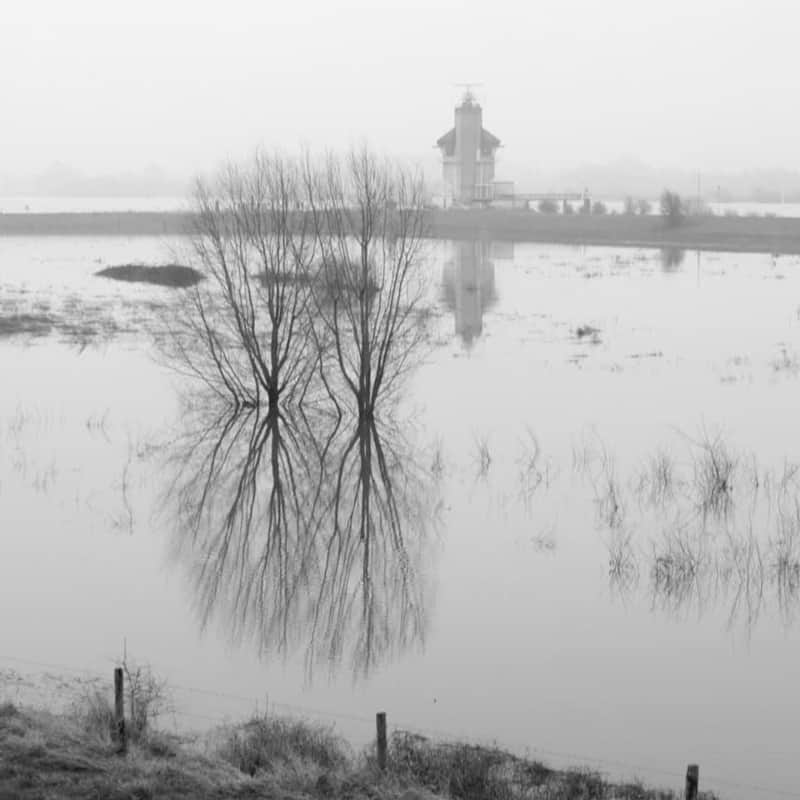
The subject and the reflection seem to suggest that their top and bottom are interchangeable without affecting the quality of the composition. And the misty nature of the foreground and background contributes to the mood and surrealistic quality of the photograph.
AMAZON Landscape Photography Books:


